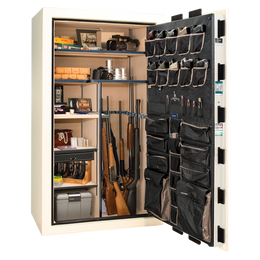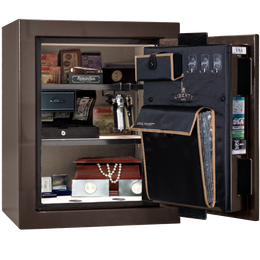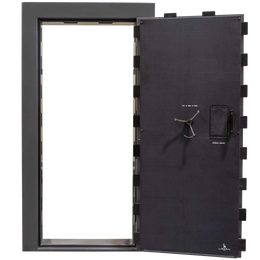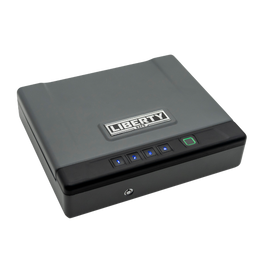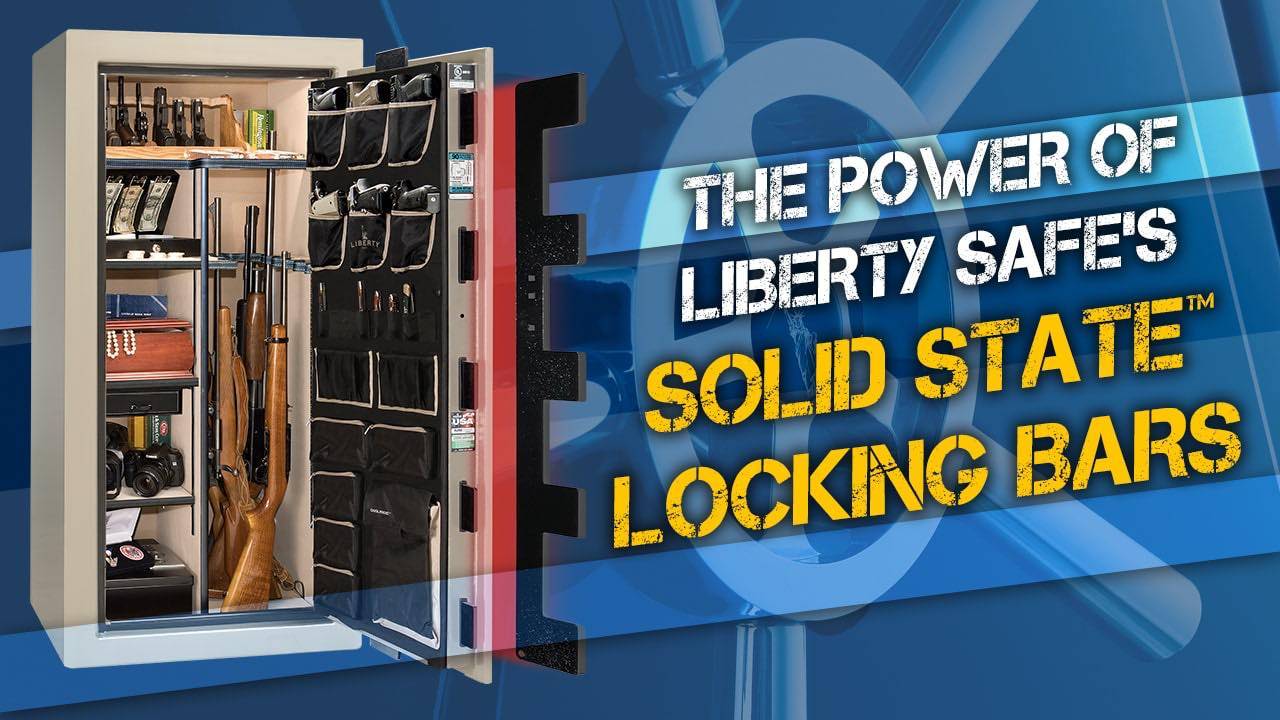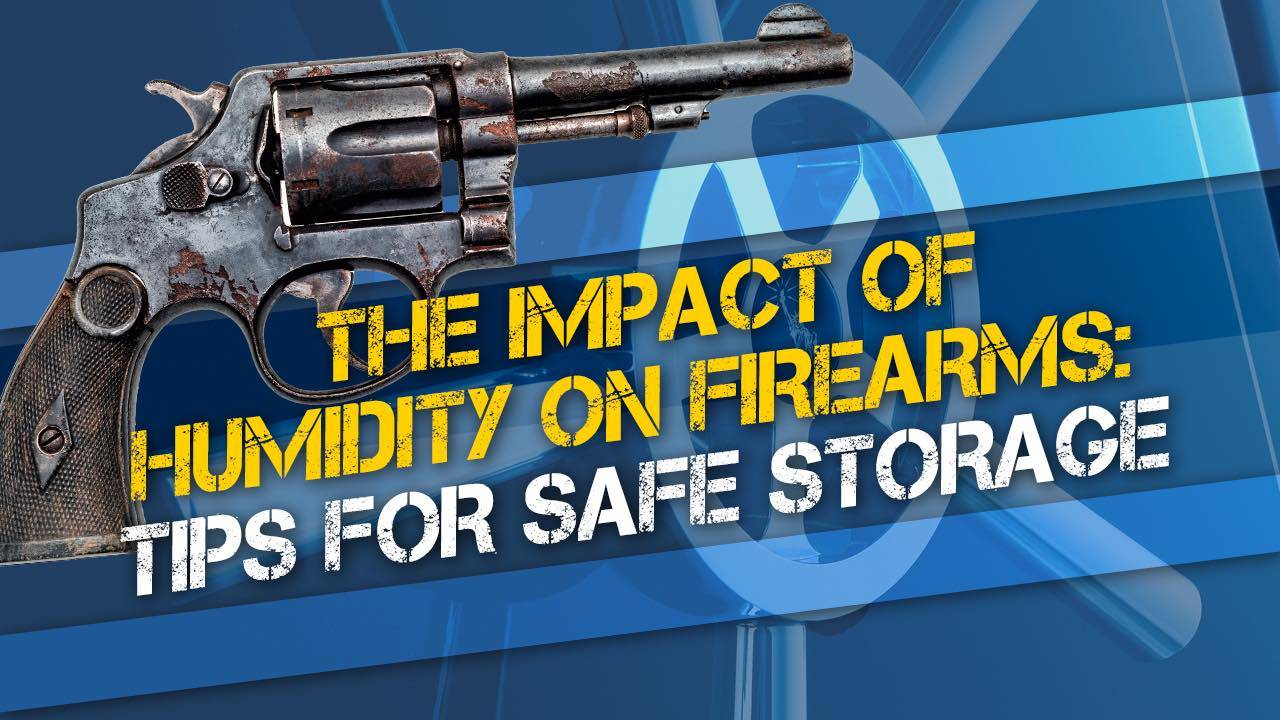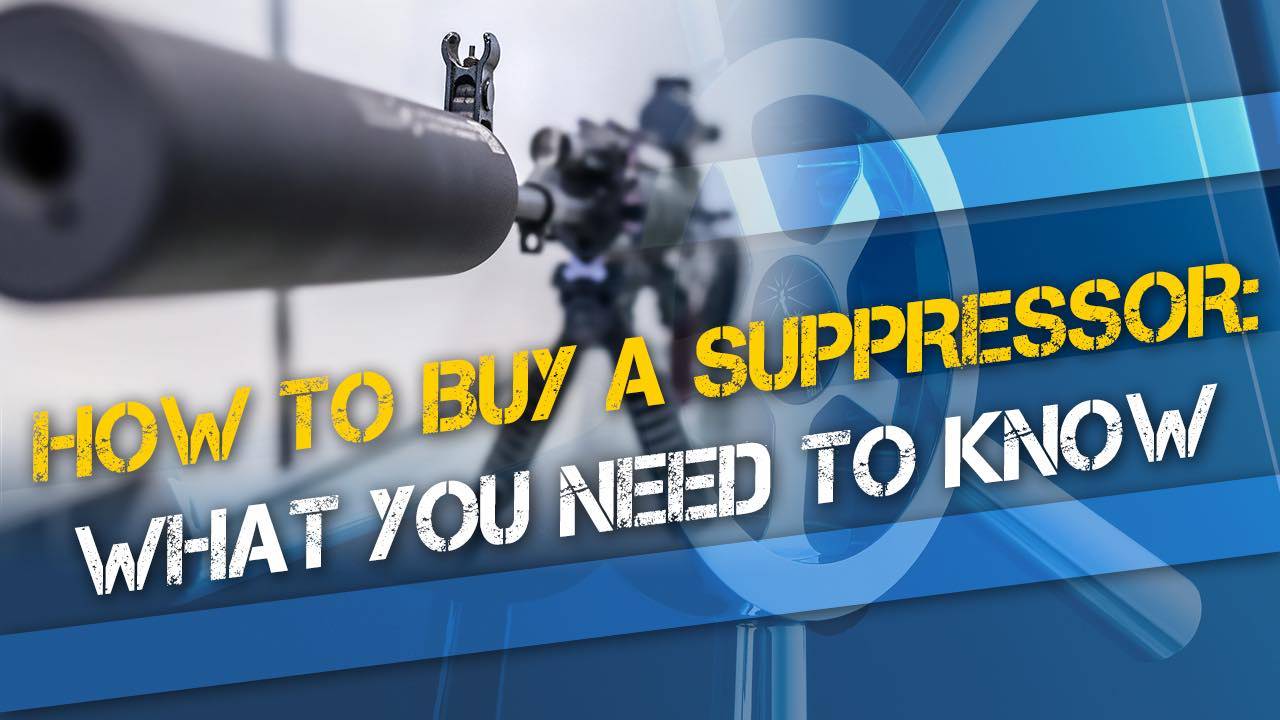One question many people have when they’re researching their first firearm is the difference between the various action types, and why it matters. The word action refers to how a breech-loaded weapon handles its ammunition. This includes how it loads, locks, fires, extracts, and ejects ammunition when you pull the trigger.
The term action when referring to firearms may refer to the type of trigger function it has (i.e., single-action, double-action, double-action only, etc.), or it may refer to how a firearm is manipulated in order to insert ammunition into the firing chamber (break-action, bolt-action, lever-action, etc.). More on this below.
The term action can also be used to refer to the length of a bolt-action rifle’s receiver: e.g., short-action rifle, long-action rifle, and magnum-action rifle.
In this article, we’re going to break down several common types of firearm triggers and their differences, as well as explain the common types of firearm actions.
Single-Action (SA) Trigger
[Image courtest of Pistol Shooting Sports]
A single-action trigger (or action type) is one of the simplest triggers, and most long arms (that is, rifles and shotguns) have triggers of this type. A single-action trigger gets that name because it just has one function–it releases the hammer or striker.
This allows the firearm to discharge when the trigger is pulled. However, since this type of trigger performs only a single action or function, with a gun like a typical old west revolver like a Colt Single Action Army revolver or one of the modern clones, you would need to manually cock the hammer before firing each shot.
Video: Single vs Double-Action Firearms
There are semi-automatic single-action firearms as well, both rifles, shotguns, and handguns. A semi-automatic just needs the hammer or striker cocked once before firing your first shot. For subsequent shots, the reciprocating action of the firearm cocks the hammer or striker automatically, in addition to ejecting a spent cartridge and loading a fresh round.
A single-action trigger is usually lighter and crisper than other types of triggers. One popular example of a SA revolver is a Ruger Blackhawk. Probably the most well-known SA semi-automatic pistol is the Colt 1911 type.
Due to the light, crisp trigger, single-action firearms almost always have a manual safety to help prevent unintentional discharges (or, in the case of the single-action revolver, a large hammer that must be thumb-cocked manually for each shot, as noted above).
Double-Action (DA) Trigger
[Image courtest of Pistol Shooting Sports]
This type of action generally refers to revolvers. With a double action, pulling the trigger performs two actions: cocking the hammer or striker and firing the firearm. The DA action was popular in service revolvers that most police officers carried for the greater part of the 20th century.
A DA revolver has the capability of firing by simply pressing the trigger (though this action is long and relatively heavy), or the shooter may choose to manually cock the hammer (similar to an SA revolver) and enjoy a short, crisp trigger pull, which is excellent for accuracy.
Dirty Harry’s iconic Smith & Wesson Model 29 chambered in .44 Magnum is one example of a traditional double-action revolver. For The Walking Dead fans, the Colt Python is another iconic DA revolver.
Video: Controlling the Double Action Trigger
Double-Action Only (DAO) Trigger
Two classic DAO 9mms: S&W 5946 (left) and SIG P226 DAO (right).
[Image courtest of American Handgunner]
DAO triggers are popular among defensive handguns (revolvers and semi-automatics) because they are simple to operate and quick to put into service. As with a traditional double-action revolver, pulling the trigger on a DAO firearm performs two actions: cocking the hammer or striker and firing the firearm. However, unlike a traditional DA, with a DAO, you cannot manually cock the hammer because the mechanism is designed only to activate when you pull the trigger.
So, even if you have a semi-automatic handgun with an external hammer, if it is a DAO variant, it will safely return to its fully forward position after each shot and must be cocked and fired using the long, heavy stroke of the DAO trigger.
In addition to the simple function, consistent trigger pull, and lack of any external safety mechanisms to fiddle with, another advantage of a DAO handgun is that it is simpler to cock and fire your next shot than with a single-action revolver. The hammerless Smith & Wesson 640 is a double-action-only pistol (technically, it has an internal hammer, but it’s known as a hammerless revolver).
Double-Action/Single-Action (DA/SA) Trigger
[Image courtest of Pistol Shooting Sports]
Typically, the term DA/SA refers to semi-automatic handguns. DA/SA firearms offer the features of both double-action and single-action mechanisms. Like a traditional DA revolver, the DA/SA trigger offers the shooter the option to either press the trigger through a long, heavy stroke for the first shot or cock the hammer manually for a short, crisp SA trigger break.
There are several potential advantages to a DA/SA pistol, and they have been very popular for military and law enforcement use during the last two decades of the 20th century. However, be aware that if you choose a DA/SA, you must master two trigger pull types.
If you carry a DA/SA pistol loaded and in safe, hammer-down, decocked condition as designed, your first shot will require a long, heavy trigger pull (to cock and fire the hammer or striker), while any subsequent shots will have a shorter, lighter, crisper SA trigger break. This can be difficult for new or unpracticed shooters to deal with.
This transition from DA to SA with each use can affect your accuracy until you become familiar with your firearm. One popular example of a DA/SA semi-automatic firearm is the Beretta 92 series of pistols.
Striker-Fired Trigger
[Image courtest of Pistol Shooting Sports]
Sometimes called striker-fire or simply striker firearms, this type has no external hammer. The internal striker, or firing pin, is generally partially cocked by chambering a cartridge, and pressing the trigger fully cocks and releases the striker, firing a round.
One advantage to this type of trigger design is that each trigger pull is the same, and there is no external hammer (and often no external safety levers) to snag on clothing. There is also less chance for debris, dirt, mud, etc. to enter the action due to the internal striker design.
Many rifles, shotguns, and handguns are striker-fired designs, but the most well-known is the Glock family of semi-automatic handguns.
Since the Glock has no external safety levers or hammer, it has a safety tab integrated into the trigger that must be pressed for the trigger to be pressed fully to the rear to fire the gun.
Firearm Action Types
Trigger mechanism in a bolt action rifle:
A. trigger
B. sear
C. striker spring
D. striker
Now that we’ve covered the primary trigger types let’s review the most common firearm actions.
They include:
- Bolt-action: These firearms require the manual opening and closing of a breech bolt to load each cartridge into the chamber.
- Lever-action: The shooter manipulates a linked lever, usually on the underside of the firearm, to eject and chamber cartridges.
- Pump-action: The user manually slides a grip–usually beneath the barrel of the firearm–rearward and forward to eject an empty cartridge and chamber a new round.
- Break-action: The user uses a lever or button to hinge open the firearm, separating the barrel/s from the firing mechanism and allowing the insertion of cartridges directly into the firing chamber.
- Semi-automatic or Automatic: Gas, spring, or inertial energy is used upon firing to cycle the bolt and automatically eject a spent cartridge and load a fresh round.
A Note on Semi-Automatic vs. Automatic
A firearm is considered semi-automatic when it fires only one shot each time the trigger is pulled. Semi-automatics can be pistols, rifles, or shotguns. An AR-15 is a semi-automatic rifle, and a Glock is a semi-automatic pistol.
An automatic (or fully automatic, or full-auto) weapon continues to fire until its trigger is released or the ammunition is expended. Automatics are only legal for purchase by civilians in the United States if they were manufactured before May 1986. These firearms are generally not something you can purchase at your typical local gun store, but in many states, you can legally own and shoot fully automatic firearms if you have the proper license.
Regardless of what type of firearm you choose, if you’re looking for a gun safe to store it in, we’d love to help. Take our quiz to find the perfect safe to protect your firearms.
*Made in the U.S.A. from U.S. and Global Parts.


